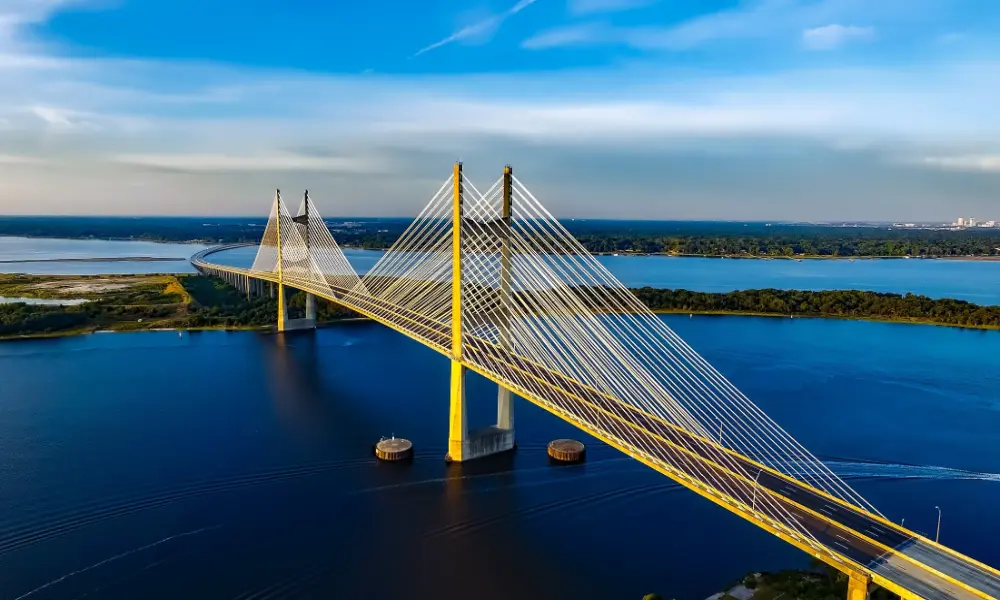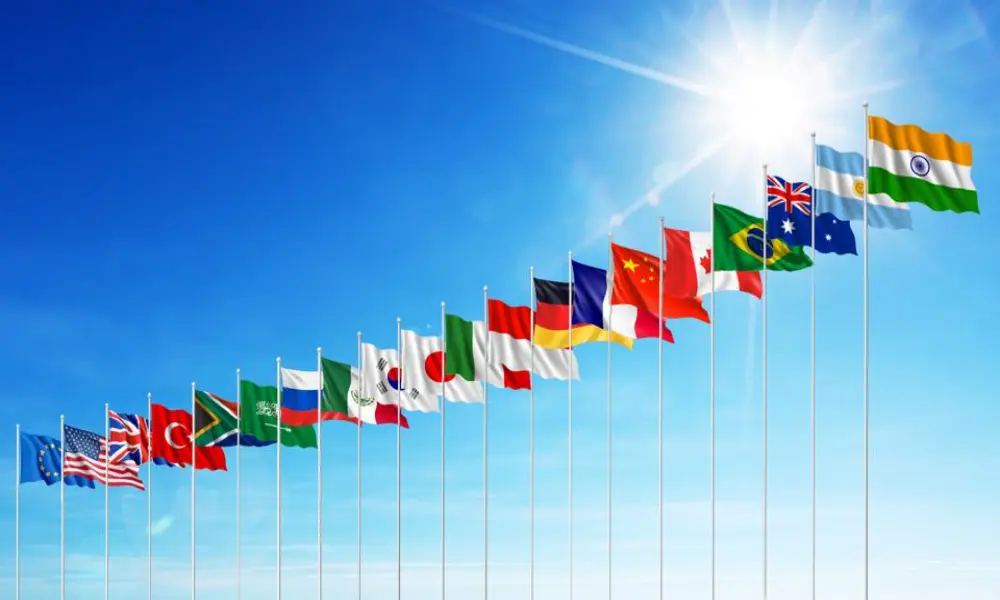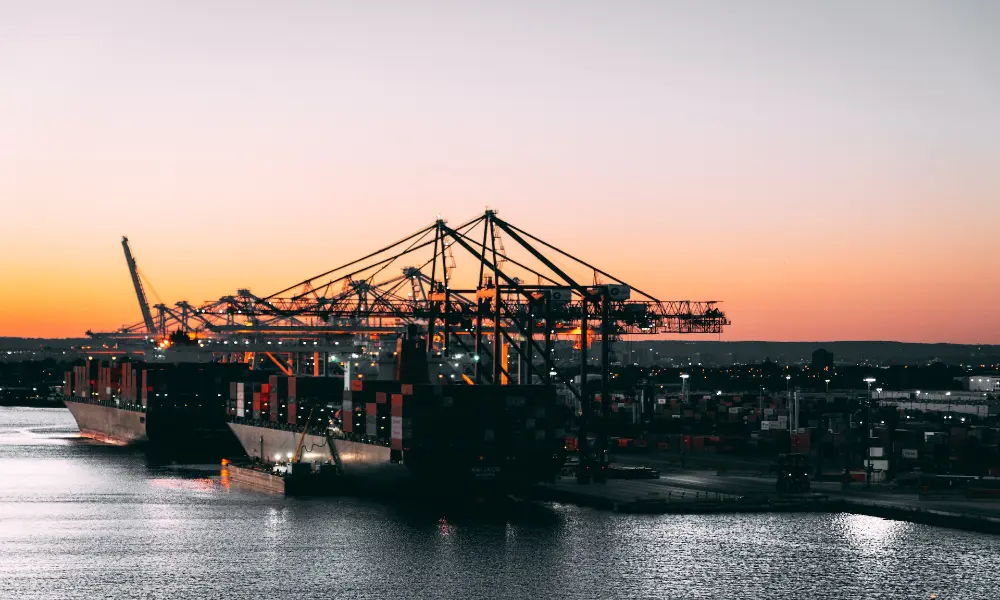Holding the Fort: A Test of Sovereignty
This week, a stand-off at sea has ignited international headlines. China asserts that the Philippines committed to vacating a minor outpost in the Second Thomas Shoal, an area of dispute within the Philippine exclusive economic zone. The Philippines has firmly rebuffed these claims, asserting that no agreements have been made jeopardizing their sovereignty in their claimed waters of the Spratly Islands, where the ongoing tug of war-with China’s maritime boundary assertions continues.
The flashpoint of this controversy is the BRP Sierra Madre. The remnants of a World War II warship now serve as an unconventional Philippine base on the reef. China has consistently tried to choke off access to the post with the use of its China Coast Guard and Chinese maritime militia assets. These forces have relentlessly antagonized Philippine supply convoys with a barrage of water cannons, laser beams, and aggressive maneuvering.
Philippine authorities expressed their outright revulsion at these unlawful methods used by the China Coast Guard vessels. Calling out the unwarranted water cannon assaults on the MRRV-4409, they insist that China remain faithful to the universally acknowledged International Regulations for Preventing Collisions at Sea.
China’s Evocative Encroachments
China’s foreign ministry office has been bold in its directive – the Philippines must dismantle the base and restore the reef to its original state. The China Coast Guard dared to suggest this week that the Philippine government agreed to remove the rusting hulk back in 1999 when the Sierra Madre was intentionally grounded.
Philippine President Ferdinand Marcos Jr. was quick to counter, refuting any knowledge of such a perceived deal. He emphatically rescinded any such agreement if it ever existed. Jonathan Malaya, an official in Marcos’ National Security Council, confronted China, insisting they prove such a commitment was made. “The onus is on them to substantiate their claims,” he boldly declared.
Shift in Foreign Relations
This tense standoff marks a fundamental transformation in the relations between the two nations. With the Duterte administration, the Philippines had taken strides towards closer relations with China, even at the expense of accepting China’s assertive maritime actions. Under Marcos, however, the narrative has changed. With reinforced ties to the U.S. and new base facilities approved for American forces on Philippine soil, the approach to managing the relationship with Beijing has undergone a radical shift.
The Philippine government’s recently launched media campaign showcasing the Chinese blockade at Second Thomas Shoal has amplified these tensions. With increased public awareness about regular face-offs with the China Coast Guard, the Filipino population is less inclined to tolerate Beijing’s actions.
Public Sentiment and Legal Standoffs
High-ranking Philippine Coast Guard official, Cmdr. Jay Tarriela denounced China’s supporters as traitors in a recent social media post. “Justifying China’s aggression is unpatriotic, treasonous, and absolutely un-Filipino,” he declared.
China’s rationale of historical and legal ownership of the Spratly Islands and the surrounding waters was fundamentally shattered by the Hague’s Permanent Court of Arbitration. The court dismissed China’s overarching claims in 2016, including any rights to the Second Thomas Shoal.
According to retired Philippine Supreme Court Associate Justice Antonio Carpio, “The arbitral tribunal rules unequivocally that Ayungin Shoal is a part of the Philippines’ exclusive economic zone. There is no dispute about the ownership of the resources – they are exclusively Philippine.”
The BRP Sierra Madre serves as a potent symbol of this resistance – a testament to the fight for sovereignty amidst the waves of China’s maritime assertiveness.



